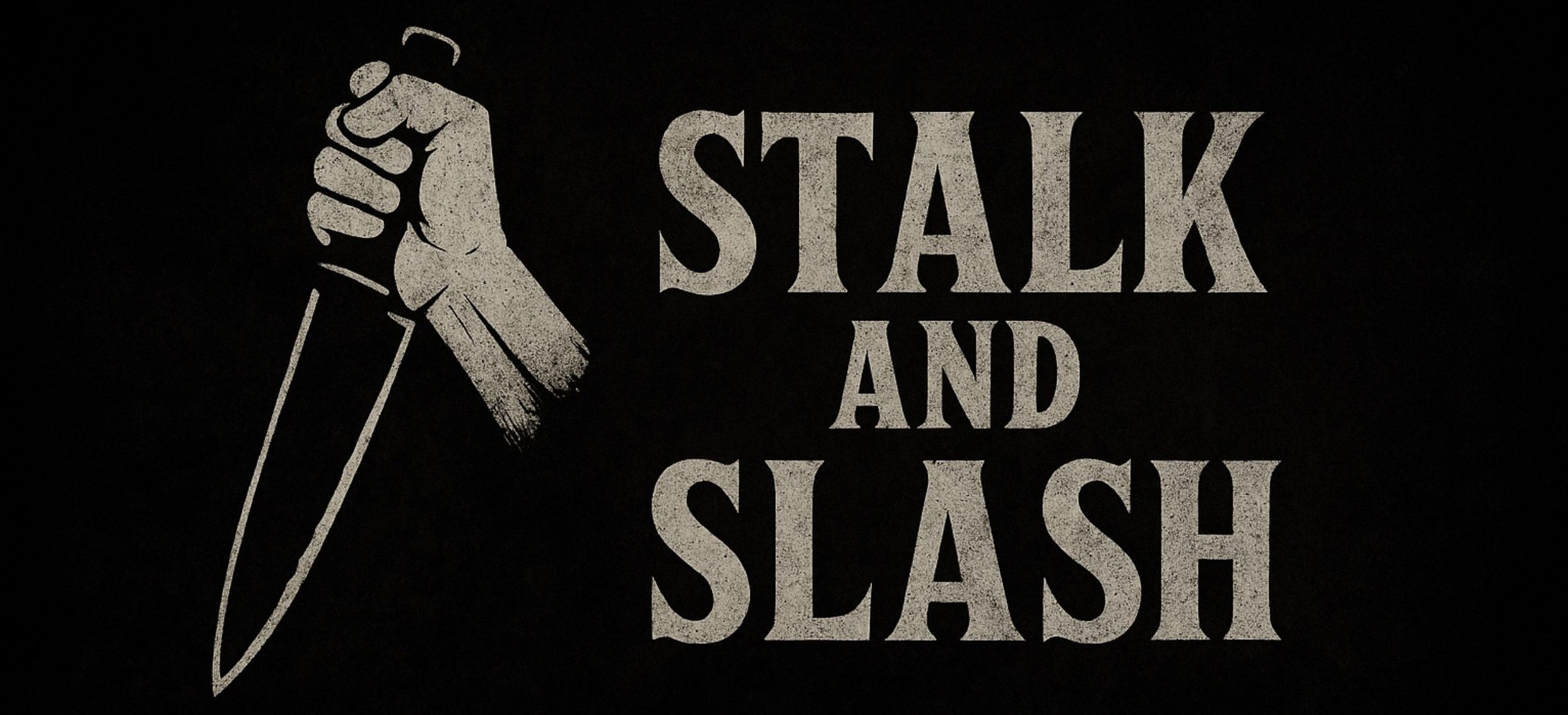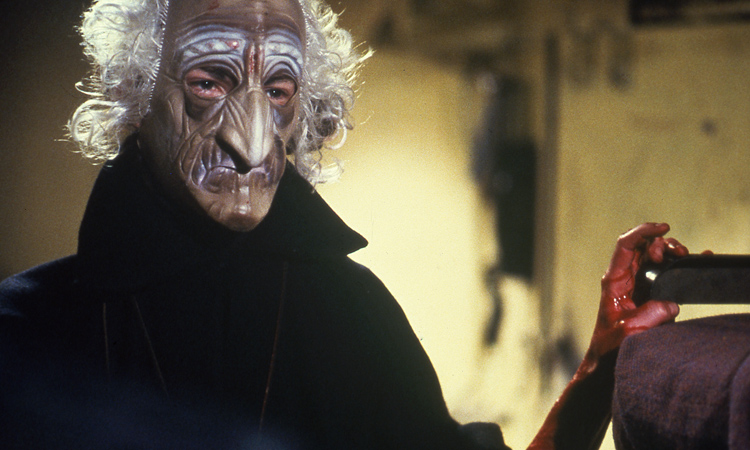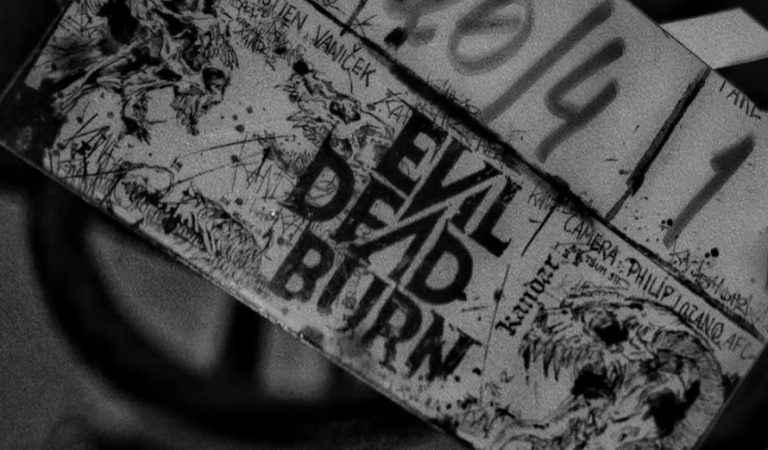Kenny Hampson Pulls Into Second Class of the Hall of Killers
Few horror villains embody the unsettling combination of tragedy, vengeance, and masked menace quite like Kenny Hampson from Terror Train (1980). Now, over four decades after his blood-soaked arrival on the cult horror scene, Kenny has been officially inducted into the Second Class of the Hall of Killers. His name joins a roster of unsettling figures such as Pearl from X, the domineering Mama, the monstrous Nemesis from Resident Evil, the towering Pyramid Head, and the ruthless Chromeskull.
This induction celebrates not only Kenny’s role as a memorable masked killer, but also the legacy of Terror Train itself, a film that transformed the familiar slasher formula by placing its horror aboard a moving train.

The Origins of Kenny Hampson
At the core of Terror Train is a cruel prank gone fatally wrong. Kenny, a shy medical student, becomes the victim of a fraternity joke during a New Year’s Eve party. Humiliated and traumatized, the incident leaves deep emotional scars. Three years later, the same group of students boards a costume-filled New Year’s Eve party train, unaware that Kenny is among them, ready to exact his twisted revenge.
What makes Kenny’s journey terrifying is the psychological realism of his backstory. Unlike some horror icons born of supernatural curses, Kenny is a product of cruelty and human failings. His mask, a Groucho Marx disguise, stands as one of the genre’s eeriest visuals. Hidden behind humor and artifice, his expressionless face underscores the thin line between comedy and horror.
Terror on the Rails
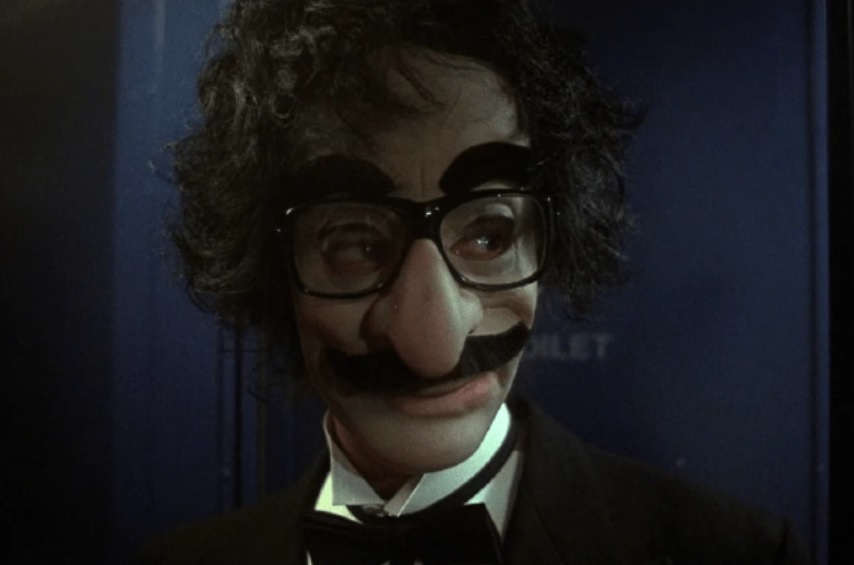
Released in 1980 and directed by Roger Spottiswoode, Terror Train blended two horror staples of its era: the masked slasher and the “closed circle” setting. Aboard the claustrophobic confines of a snow-bound train, the party atmosphere quickly collapses into dread as Kenny dispatches his victims one by one.
The use of costumes and disguises amplified the paranoia. Each time a body was discovered, Kenny assumed their clothing, creating confusion over who could be trusted. This device lent the film an edge of mystery and sustained tension, making Terror Train stand out among the flood of slashers released in the early 1980s.
It also helped cement Kenny as a shape-shifting killer who used wit as much as brutality to stay hidden until the final reveal.
Induction Into Second Class
The Hall of Killers Second Class is a fitting home for Kenny Hampson. While he may not have the mainstream recognition of Freddy Krueger or Jason Voorhees, his legacy is secured through his unique environment, chilling disguise, and tragic motivation.
Placed alongside other notable figures like Pearl, Mama, Nemesis, Pyramid Head, and Chromeskull, Kenny represents the grounded but equally chilling branch of horror villains. He is not supernatural nor immortal; his menace comes from pain, human cruelty, and the inevitability of revenge.
The Legacy of Terror Train
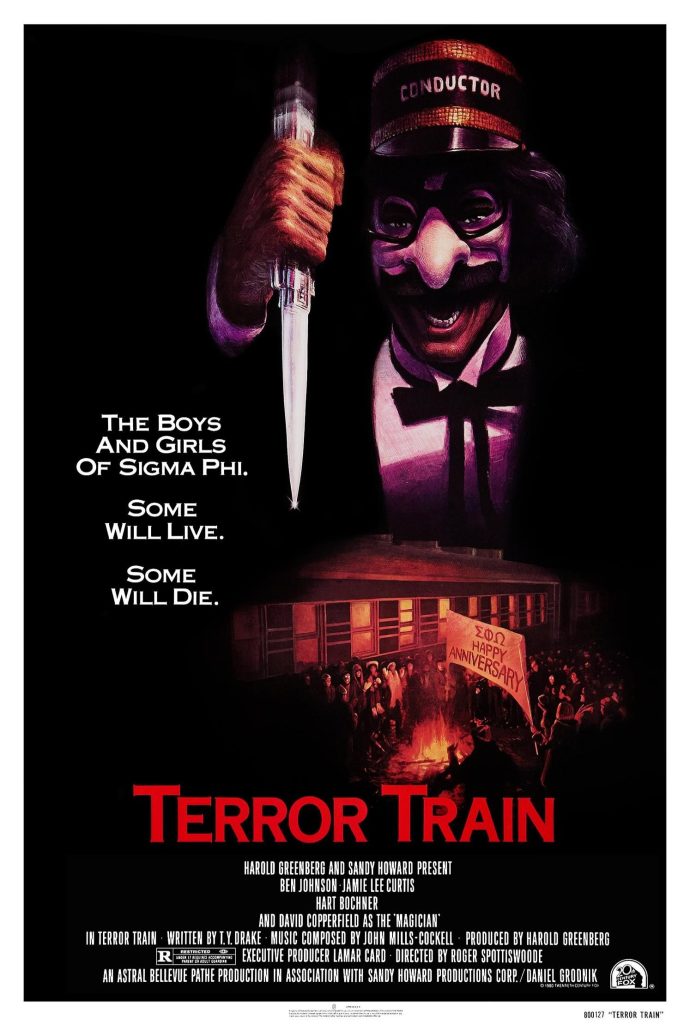
Though Terror Train did not achieve the box office dominance of its contemporaries, it has endured as a cult favorite. Its unusual setting, eerie use of costumes, and Jamie Lee Curtis’s presence as the “Scream Queen” of the era gave it a place in horror history.
The film’s claustrophobic tension and use of misdirection influenced later horror works that used confined settings to enhance dread. Modern audiences rediscovered Terror Train through home video, streaming, and even a 2022 remake, further cementing Kenny Hampson’s relevance to horror culture.
Conclusion
Kenny Hampson’s induction into the Hall of Killers Second Class ensures his place in horror’s pantheon of masked and merciless figures. His tragic backstory, combined with his unforgettable disguise and bloody rampage aboard the train, secures his legacy as a cult favorite who stands shoulder to shoulder with other icons of fear.
Like the unstoppable locomotive he haunted, Kenny’s story barrels forward through horror history, reminding fans of the genre that vengeance, once set in motion, is impossible to derail.
